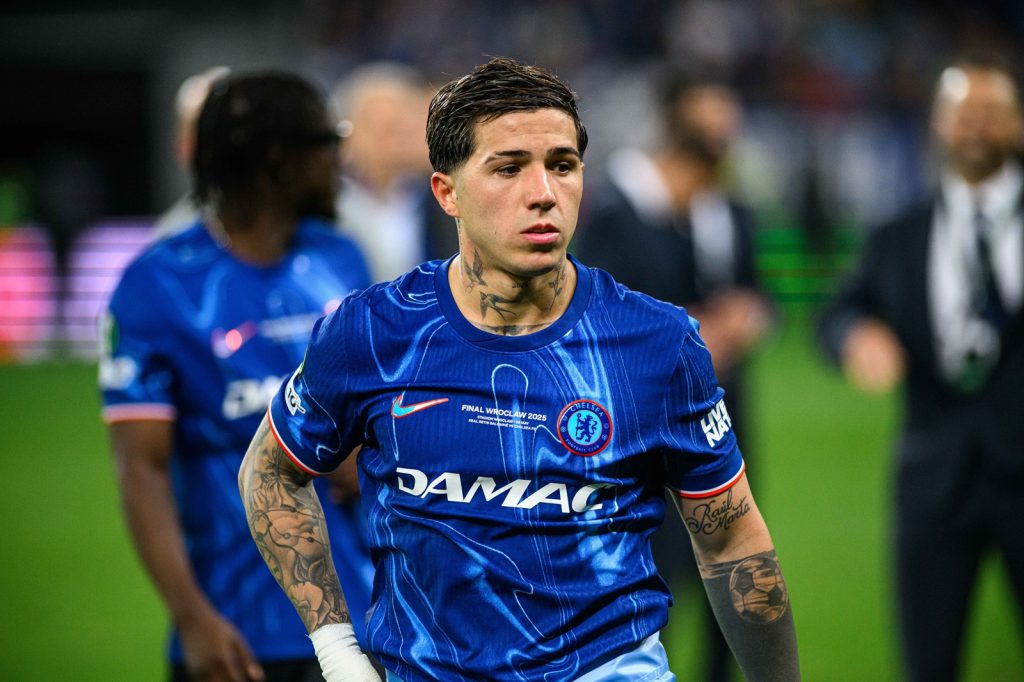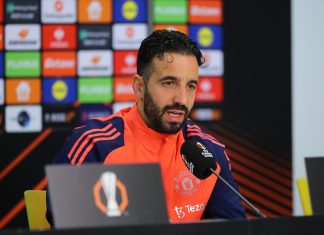Premier League fans love a big number. “£50m” looks definitive in a headline. In reality, the true outlay is often far lower on day one.
Modern deals lean on football transfer add-ons, structured transfer payments, and player deal bonuses to manage risk and reward. The sticker price is the ceiling, not the cash leaving the bank.
Why “£50m” rarely means £50m upfront
Most transfers are paid in instalments. Clubs spread the guaranteed fee over several windows to control cash flow and smooth the hit on their accounts. Even when a release clause is involved, buyers and sellers sometimes agree to stage the payment in exchange for a small premium. It’s normal practice, even if the public never sees the schedule.
The rest of the headline usually comes from add-ons. These are conditional payments that only trigger if certain milestones are hit. They protect the buying club if things go wrong and reward the selling club if the player flies. It’s risk-sharing in action.
What add-ons actually look like
Add-ons tend to fall into two buckets. “Soft” triggers are realistic: appearances, a first international cap, survival in the Premier League, or qualifying for Europe. “Hard” triggers are aspirational: winning the league, deep Champions League runs, or individual awards. The balance between soft and hard clauses often explains why a “£50m” deal might start around £30–35m guaranteed.
Sell-on clauses are another lever. A common approach is a percentage of profit on a future sale, letting the original club share in any later windfall. Loyalty bonuses, appearance fees, and team bonuses can sit inside the player’s contract too, aligning incentives without ballooning the guaranteed fee.
There’s also the solidarity mechanism in international transfers: up to five percent of the compensation is distributed to the player’s training clubs between ages 12 and 23. It doesn’t change the headline, but it affects who gets paid and when.
The payment calendar—and why accounting matters
Structured transfer payments aren’t just negotiation tricks; they’re accounting tools. Fees are typically amortised over the length of the initial contract for club accounts, flattening the annual cost. Tighter financial regulations across Europe—especially squad-cost controls that limit total football spending as a share of revenue—make structure crucial. A package with a smaller upfront component, staged instalments, and performance-weighted add-ons is easier to fit inside those limits than a straight lump sum.
Player deal bonuses can help here too. Instead of inflating the guaranteed fee, clubs place more value in conditional rewards tied to appearances, minutes, or team achievements. If success arrives, the club can afford the bonuses. If it doesn’t, the downside is contained.
What fans should look for
When you see a splashy fee, ask three questions:
- What’s guaranteed today?
- Over how many instalments is that paid?
- What unlocks the rest?
If the triggers are sensible—appearances, team targets, realistic progress—the deal is a good alignment of incentives. If the triggers rely on moon-shot trophies, the headline may be more PR than probable spend.
For selling clubs, add-ons are smart portfolio plays. They bank a safe base now and hold a ticket for future upside. For buying clubs, they keep cash flexible while betting big only if results justify it. And thanks to solidarity payments, grassroots teams that developed the player share a small slice of the pie.
In short, “£50m” is rarely a single cheque. It’s a roadmap. With football transfer add-ons, structured transfer payments, and carefully crafted player deal bonuses, Premier League clubs spread risk, reward performance, and keep ambition compatible with financial reality. That’s the art of the modern transfer—and why the number on the headline isn’t the whole story.









